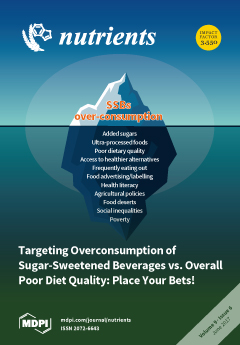Exposure to stress is known to cause hepatic iron dysregulation, but the relationship between prolonged stress and liver iron metabolism is not yet fully understood. Thirty 13-week-old female Sprague–Dawley rats were randomly divided into two groups, as follows: the control group (saline-injection) and the dexamethasone group (Dexamethasone (Dex)-injection 0.1 mg/kg/day). After the 21-day stress trial, the results showed that chronic Dex administration not only impaired serum corticosterone (
p = 0.00) and interleukin-6 (IL-6) (
p = 0.01) levels, but also decreased white blood cell counts (
p = 0.00), and reduced blood lymphocyte counts (
p = 0.00). The daily Dex-injection also significantly reduced body weight (
p < 0.01) by inhibiting food intake. Consecutive Dex administration resulted in decreased iron intake (
p = 0.00), enhanced serum iron levels (
p = 0.01), and increased the serum souble transferrin receptor (sTfR) content (
p = 0.00) in rats. Meanwhile, long-term Dex exposure down-regulated duodenal cytochrome b (DCYTB) (
p = 0.00) and the divalent metal transporter 1 (DMT1) (
p = 0.04) protein expression, but up-regulated ferroportin (FPN) protein expression (
p = 0.04). Chronic Dex administration reduced liver iron concentration (
p = 0.02) in rats. Hepatic transferrin receptor 1 (TFR1) expression was lowered at the protein level (
p = 0.03), yet with uncoupled mRNA abundance in Dex-treated rats. Enhanced iron-regulatory protein (IRP)/iron-responsive element (IRE) binding activity was observed, but did not line up with lowered hepatic TFR1 protein expression. This study indicates that long-term Dex exposure reduces liver iron content, which is closely associated with down-regulated hepatic TFR1 protein expression.
Full article






